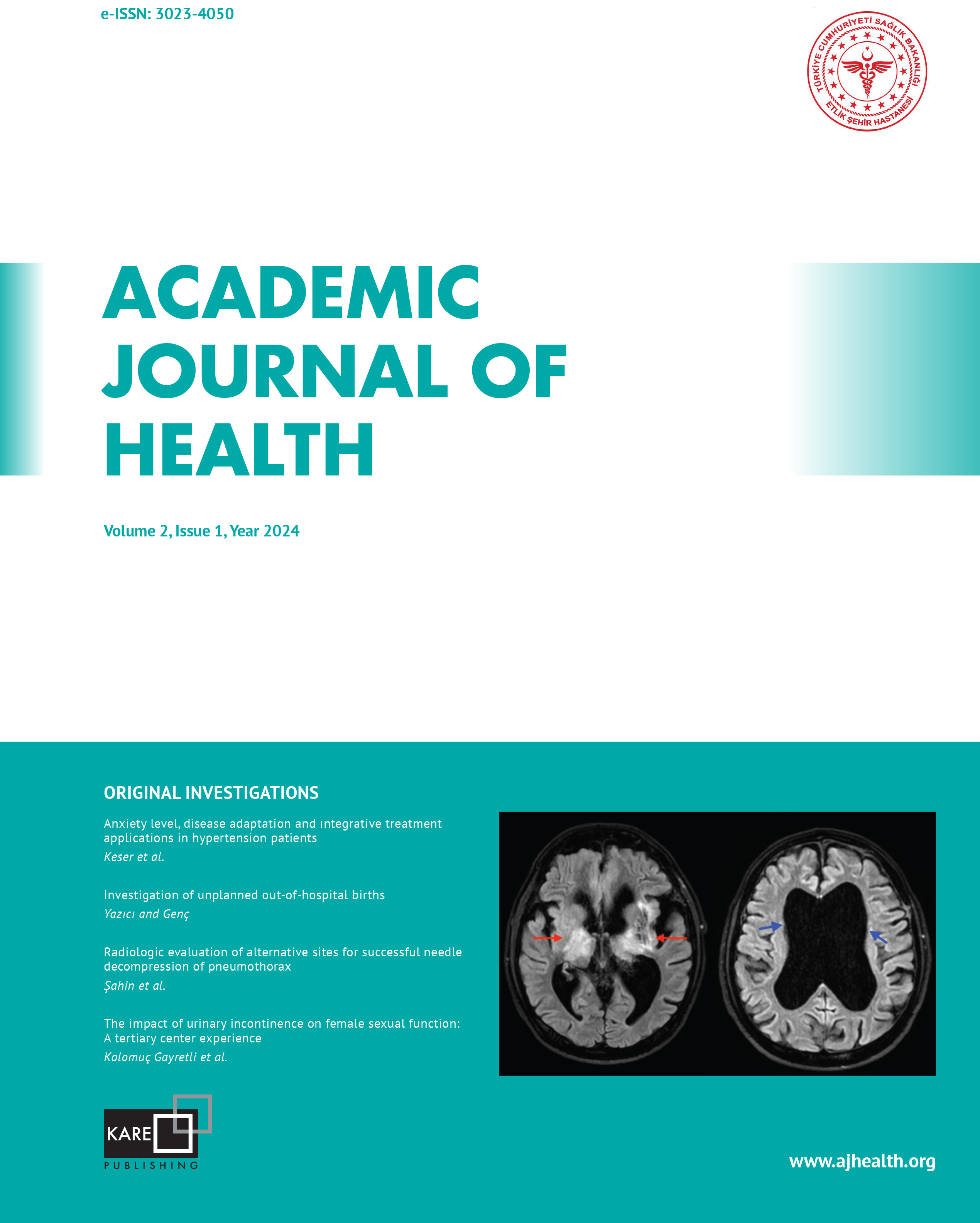A Rare Case of Gastric Diverticulum and Review of Literature
Elgun Samadov1, Chichak Mammadli2, Arturan Ibrahimli3, Iqbal Babazade4, Zohra Abdullazada5, Altay Aliyev31Department of Surgery, Liv Bona Dea Hospital, Baku, Azerbaijan2Department of General Medicine, Azerbaijan Medical University, Baku, Azerbaijan
3Department of Oncology, Liv Bona Dea Hospital, Baku, Azerbaijan
4Azerbaijan Medical University, Baku, Azerbaijan
5Department of Surgery, Scientific Center of Surgery after M. A. Topchubashov, Baku, Azerbaijan
Gastric diverticulum is an abnormal protrusion of the stomach wall, typically manifesting as outpouching in the fundus, particularly along the posterior wall. Gastric diverticulum is a condition commonly observed in individuals and usually remains asymptomatic. However, certain patients may present with a range of abdominal symptoms, including but not limited to epigastric pain and discomfort, nausea, vomiting, dyspepsia, early satiety, a vague sensation of postprandial fullness, belching, halitosis, anorexia, and dysphagia. A 73-year-old male patient who had a colectomy several months ago
was admitted to the general surgery clinic because of a massive abdominal hernia presenting with abdominal pain, halitosis, frequent belching, and dyspepsia symptoms. Esophagogastroduodenoscopy revealed an approximately 5 cm diverticulum localized to the gastric fundus and also found erosive pangastritis and duodenitis. Gastric diverticula share similar characteristics with their intestinal counterparts, characterized by a size ranging from 1 to 11 cm, and can be either congenital or acquired. The treatment strategy for gastric diverticulum largely depends on the patients clinical symptoms. In the case of asymptomatic diverticula, which are usually incidentally discovered, there is currently no consensus on treatment. EGD and radiological imaging play essential roles in diagnosing GD. Treatment options for GD are primarily dependent upon the patients symptoms, and surgical intervention is generally recommended in cases when GD is significant in size.
Manuscript Language: English




